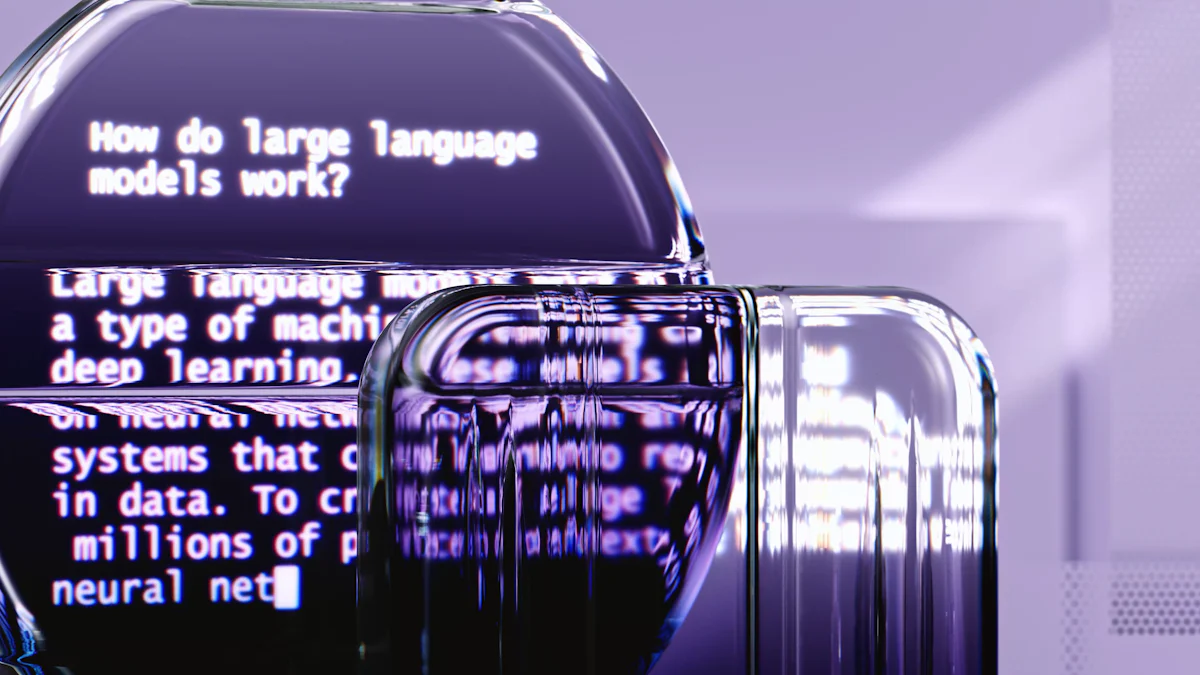
# Starting with Replicate (opens new window): A Personal Journey
# My First Encounter with Replicate
Upon my initial interaction with Replicate, I encountered both challenges and opportunities. The platform presented me with a learning curve that required dedication and perseverance to navigate effectively. Understanding the intricacies of model training and deployment posed an initial challenge that tested my problem-solving skills. However, amidst these challenges, a breakthrough moment emerged that reshaped my approach to custom model development (opens new window).
# Why Replicate Stood Out for Me
Replicate's appeal lies in its remarkable ease of use, which sets it apart from other platforms in the market. The intuitive interface and streamlined processes made it accessible even to those new to model training. Additionally, the vibrant community surrounding Replicate provided unparalleled support and resources for enthusiasts like me. The collaborative environment fostered by Replicate not only facilitated knowledge sharing but also inspired innovation within the community.
Incorporating Replica's data into transportation infrastructure planning (opens new window) has proven transformative (opens new window). By leveraging Replica's insights into resident and worker travel patterns, organizations have successfully enhanced transportation services and infrastructure. For instance, the NYS Association of MPOs utilized Replica data to inform a Shared Cost Initiative (opens new window) for a bus network redesign in Oswego, NY, showcasing the power (opens new window) and user-friendliness of Replica's data-driven solutions.
Key Takeaways:
Replica's data: Critical for enhancing transportation infrastructure.
NYS Association of MPOs: Leveraged Replica data for impactful bus network redesign.
# Diving Deeper into Replicate Model Training (opens new window)
As I delved further into replicate model training, a deeper understanding of its core components emerged, shedding light on the intricate processes that drive model development.
# Understanding the Basics of Replicate Model Training
In the realm of replicate model training, the role of Cog (opens new window) stands out as a pivotal element in the packaging of machine learning models. Cog serves as a tool that encapsulates models within standardized containers (opens new window), streamlining the deployment process and ensuring compatibility across various platforms. This integration simplifies the packaging and deployment phases, enhancing efficiency and reducing complexities in model dissemination.
Deploying models with ease (opens new window) is a hallmark feature of Replicate. The platform's user-friendly interface facilitates seamless model deployment, allowing users to transition from training to deployment swiftly. By providing a straightforward deployment process, Replicate empowers users to share their custom models (opens new window) with minimal effort, promoting accessibility and collaboration within the modeling community.
# The Significance of Custom Models
Custom models play a crucial role in tailoring solutions to specific needs within diverse domains. By customizing models to address unique requirements, practitioners can optimize performance and accuracy for targeted tasks. My experience with custom models exemplifies this significance, showcasing how tailored solutions can enhance outcomes and streamline processes effectively.
Incorporating real-world examples from my journey underscores the practical impact of custom models in addressing specific challenges across different applications. These examples serve as testaments to the versatility and adaptability of custom models in meeting evolving demands within dynamic environments.
# Advanced Techniques Unveiled
As I delved deeper into replicate model training, advanced techniques emerged that revolutionized the precision and scalability of custom models, unlocking new possibilities for model development.
# Fine-Tuning Models (opens new window) for Precision
Fine-tuning models with Replicate unveils the power of achieving exceptional accuracy (opens new window) with minimal training images. This approach optimizes model performance by leveraging existing data efficiently, resulting in precise and tailored outcomes. The ability to fine-tune models with limited data sets showcases the versatility and effectiveness of Replicate in custom model development.
Exploring DreamBooth (opens new window) Model Training on Replicate introduces a novel dimension (opens new window) to model refinement. By utilizing this feature, users can enhance the quality of their models through specialized training techniques tailored to specific requirements. DreamBooth Model Training (opens new window) exemplifies how innovative approaches within Replicate can elevate the sophistication and performance of custom models.
# Scaling Up: Training with Multiple GPUs
Scaling up model training by utilizing multiple GPUs offers unparalleled benefits in enhancing efficiency and speed. Parallel training (opens new window), a technique supported by Replicate, accelerates the training process by distributing computational tasks across multiple GPUs simultaneously. My firsthand experiences with scaling up using this method have demonstrated significant improvements in training times and overall performance, underscoring the advantages of parallel training in custom model development.
Incorporating insights from various sources, such as successful applications in bus network redesign projects and the importance of model replication, further enriches the understanding of advanced techniques in replicate model training. By embracing these innovative approaches, practitioners can elevate their custom models to new heights of precision and scalability.
# Wrapping Up: Revolution in Custom Models
# The Impact of Advanced Techniques (opens new window)
Exploring the realm of replicate model training reveals profound impacts on both personal projects and the broader community. Implementing advanced techniques within custom models elevates project outcomes to unprecedented levels of precision and efficiency. On a personal level, these techniques empower creators to innovate and achieve tailored solutions that align with their unique objectives. Moreover, within the broader community, the adoption of advanced replicate model training techniques fosters collaboration and knowledge sharing, driving collective progress in model development practices.
# Looking Ahead: The Future of Replicate Model Training
The future landscape of replicate model training holds promises of continuous learning and improvement. By embracing cutting-edge technologies and methodologies, Replicate is poised to revolutionize the field further. Continuous refinement of training processes and algorithms will enhance the platform's capabilities, enabling users to create increasingly sophisticated custom models. Moreover, the potential for new discoveries in machine learning applications remains vast, offering exciting opportunities for groundbreaking advancements in diverse domains.